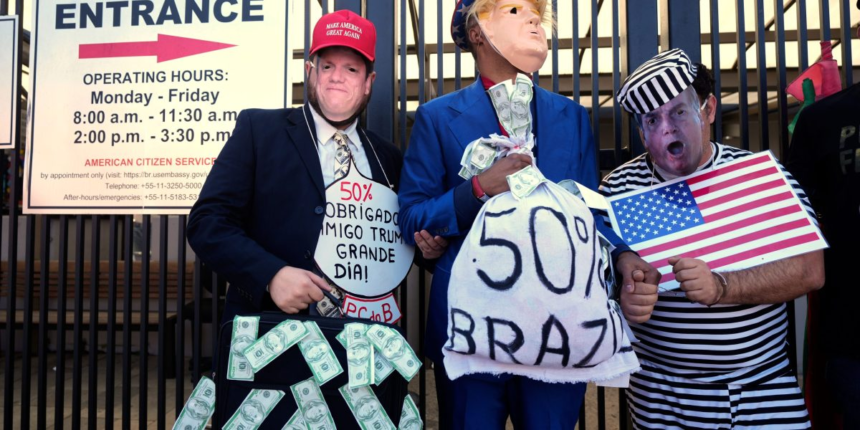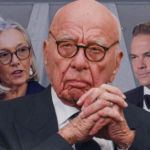The closest thing to winners may be the countries that caved to Trump’s demands — and avoided even more pain. But it’s unclear whether anyone will be able to claim victory in the long run — even the United States, the intended beneficiary of Trump’s protectionist policies.
“In many respects, everybody’s a loser here,’’ said Barry Appleton, co-director of the Center for International Law at the New York Law School.
“The biggest winner is Trump,” said Alan Wolff, a former U.S. trade official and deputy director-general at the World Trade Organization. “He bet that he could get other countries to the table on the basis of threats, and he succeeded – dramatically.’’
Eventually, some of them did, caving to Trump’s demands to pay what four months ago would have seemed unthinkably high tariffs for the privilege of continuing to sell into the vast American market.
Even countries that saw their tariffs lowered from April without reaching a deal are still paying much higher tariffs than before Trump took office. Angola’s tariff, for instance, dropped to 15% from 32% in April, but in 2022 it was less than 1.5%. And while Trump administration cut Taiwan’s tariff to 20% from 32% in April, the pain will still be felt.
“20% from the beginning has not been our goal, we hope that in further negotiations we will get a more beneficial and more reasonable tax rate,” Taiwan’s president Lai Ching-te told reporters in Taipei Friday.
Countries that didn’t knuckle under — and those that found other ways to incur Trump’s wrath — got hit harder.
Even some poorer countries were not spared. Laos’ annual economic output comes to $2,100 per person and Algeria’s $5,600 — versus America’s $75,000. Nonetheless, Laos got rocked with a 40% tariff and Algeria with a 30% levy.
“The Swiss probably wish that they had camped in Washington” to make a deal, said Wolff, now senior fellow at the Peterson Institute for International Economics. “They’re clearly not at all happy.’’
Fortunes may change if Trump’s tariffs are upended in court. Five American businesses and 12 states are suing the president, arguing that his Liberation Day tariffs exceeded his authority under the 1977 law.
“If (the tariffs) get struck down, then maybe Brazil’s a winner and not a loser,’’ Appleton said.
Trump portrays his tariffs as a tax on foreign countries. But they are actually paid by import companies in the U.S. who try to pass along the cost to their customers via higher prices. True, tariffs can hurt other countries by forcing their exporters to cut prices and sacrifice profits — or risk losing market share in the United States.
But economists at Goldman Sachs estimate that overseas exporters have absorbed just one-fifth of the rising costs from tariffs, while Americans and U.S. businesses have picked up the most of the tab.
“This is a consumption tax, so it disproportionately affects those who have lower incomes,” Appleton said. “Sneakers, knapsacks … your appliances are going to go up. Your TV and electronics are going to go up. Your video game devices, consoles are going to up because none of those are made in America.’’
Trump’s trade war has pushed the average U.S. tariff from 2.5% at the start of 2025 to 18.3% now, the highest since 1934, according to the Budget Lab at Yale University. And that will impose a $2,400 cost on the average household, the lab estimates.
“The U.S. consumer’s a big loser,″ Wolff said.
____
AP Economics Writer Christopher Rugaber contributed to this story.







